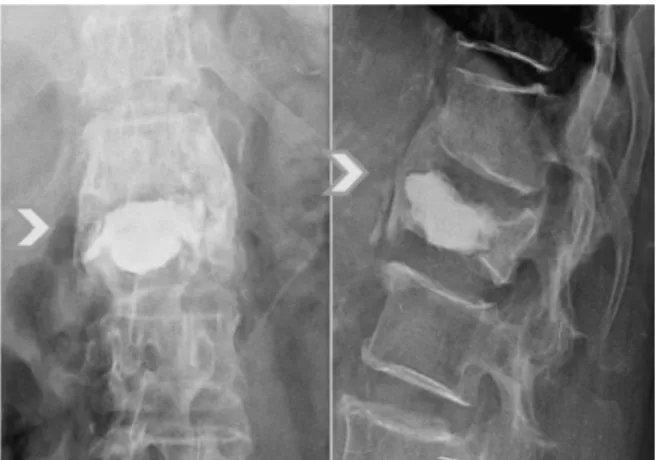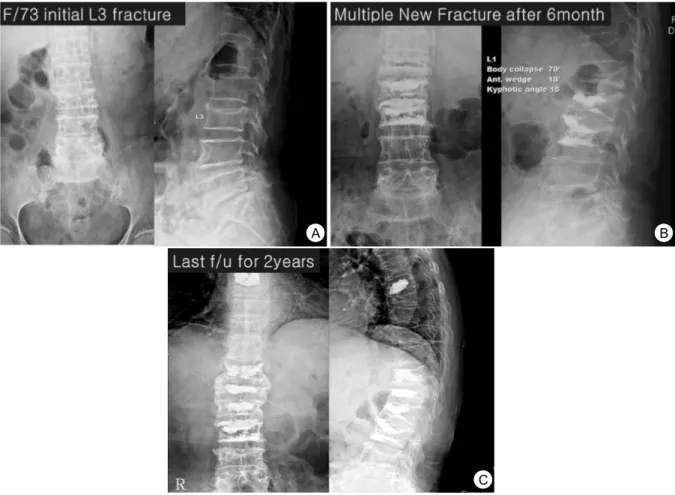Unpredictable Spontaneous Fusion after Percutaneous Vertebroplasty and Kyphoplasty in Osteoporotic Compression Fracture
전체 글
수치



관련 문서
Although Korea has been playing a leading role in the development of fusion power generation and Korea is playing a leading role in the world stage,
discovered this was out with his girl friend the night after he realized that nuclear reactions must be going on in the stars in order to make them shine.. She said “Look
(3) Toroidally trapped particles tracing banana orbits reflected in the toroidal
The talent required by our educational status in Korea is ‘creative fusion talent’. Modern society is in the fourth industrial revolution. Future society
- We have seen that a perfectly conducting wall, placed in close proximity to the plasma can have a strong stabilizing effect on external kink modes. - In actual
- how magnetic, inertial, and pressure forces interact within an ideal perfectly conducting plasma in an arbitrary magnetic geometry.. - Any fusion reactor must
straight cylinder (no problems with toroidal force balance) - The 1-D radial pressure balance relation is valid for.. tokamaks, stellarators, RFP’s,
Magnetic field.. • Single particle motion of the plasma.